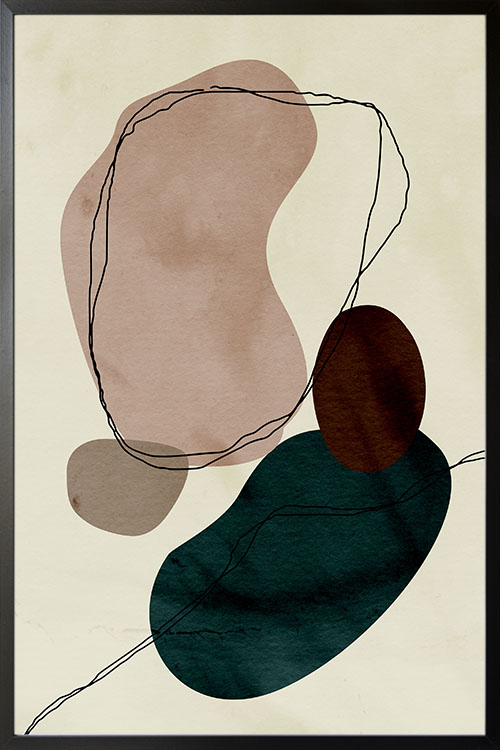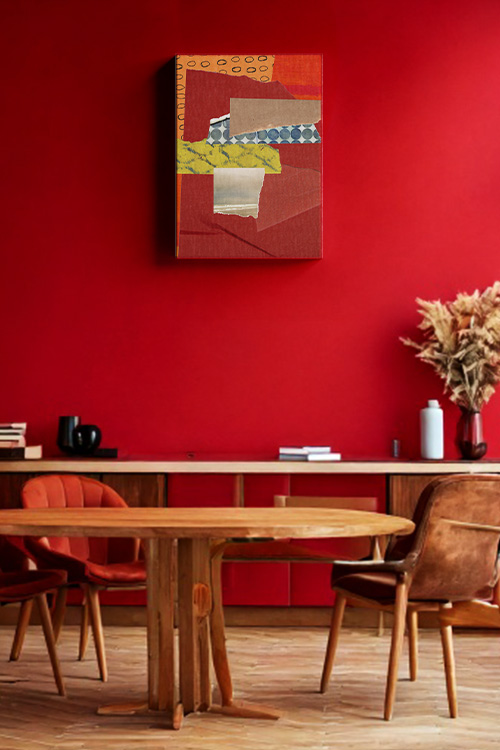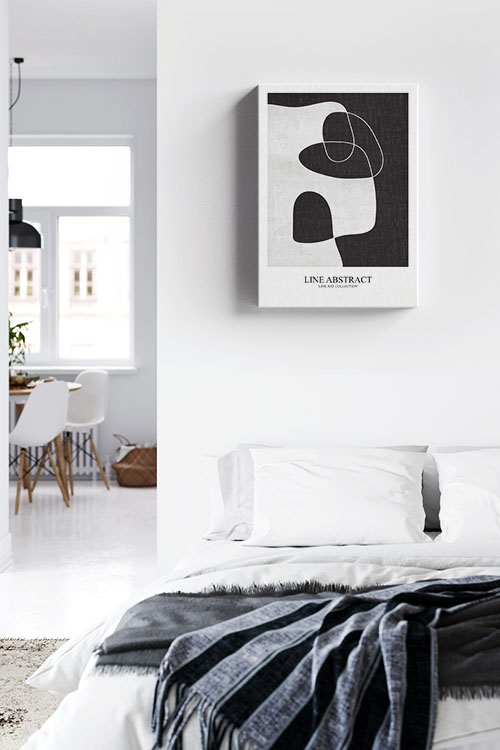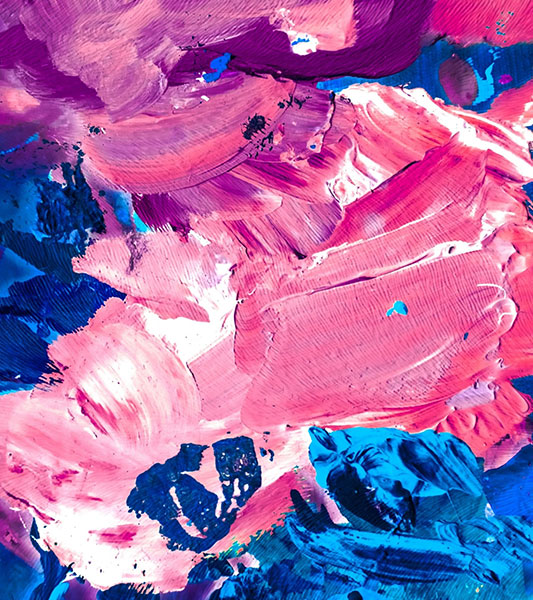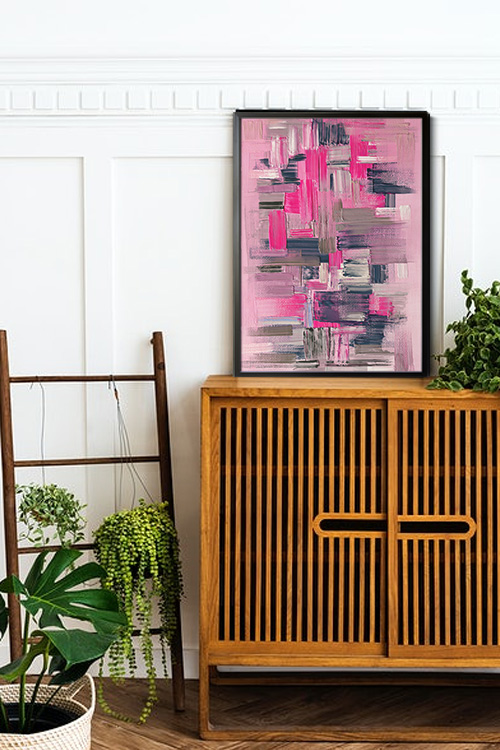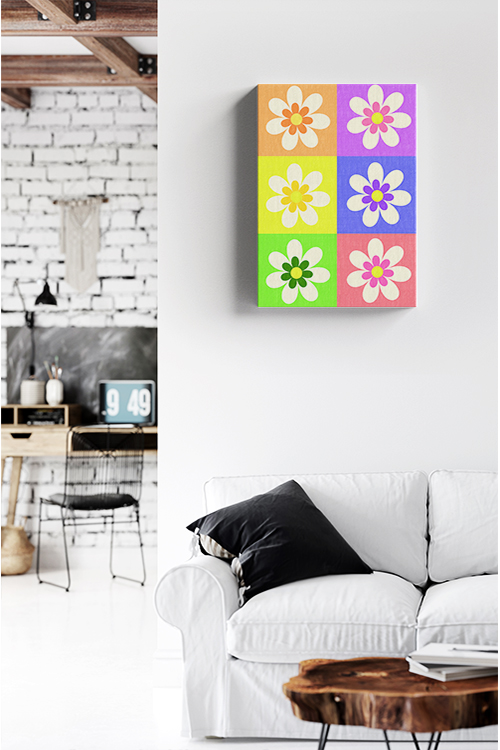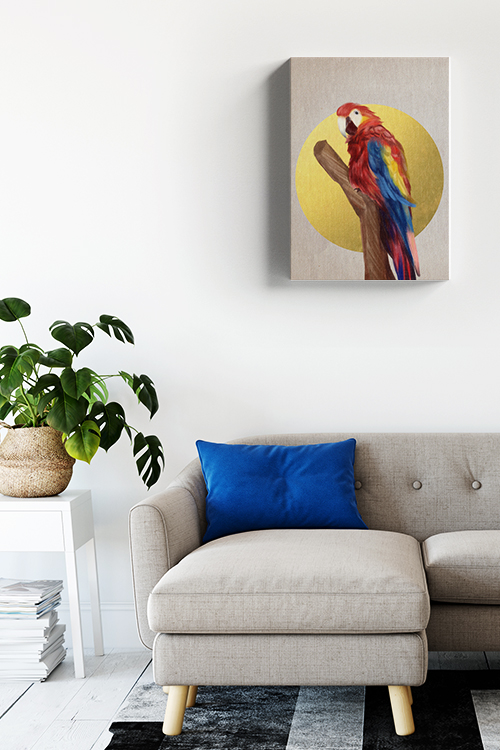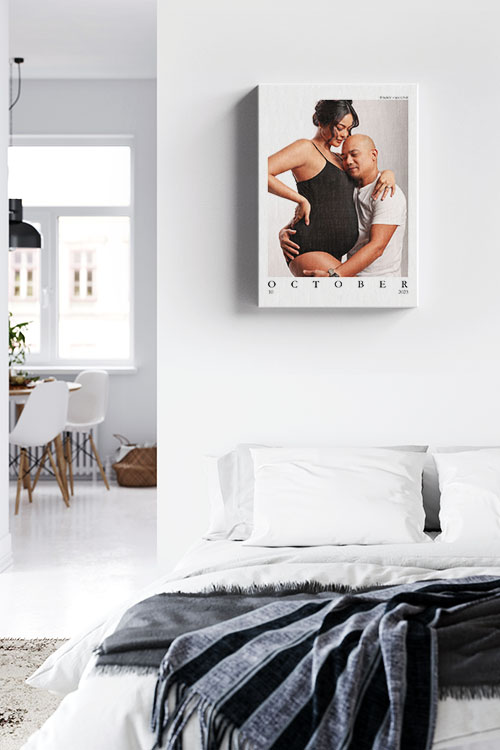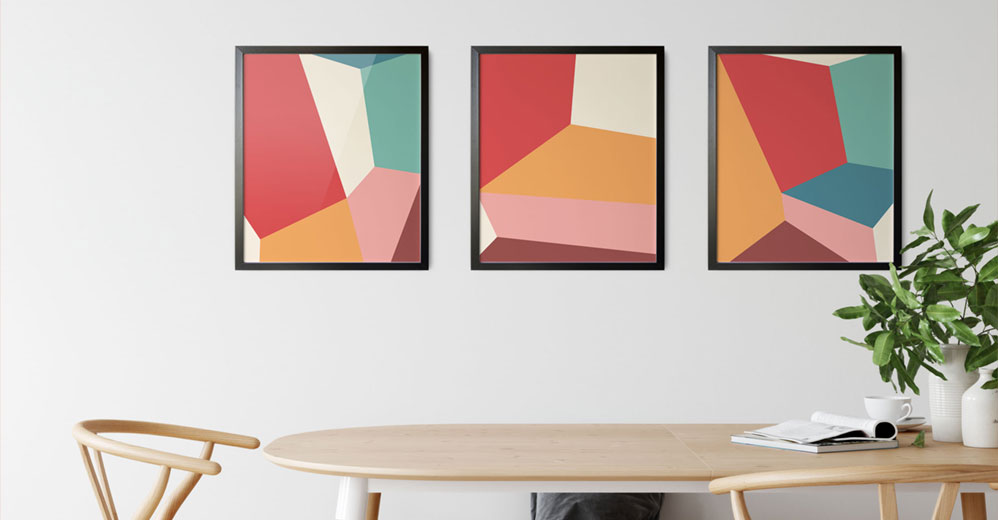
Room makeovers can be time-consuming and expensive. However, there are easy and creative ways to freshen up your space. Adding colors with trendy poster art is one impressive way to easily transform the interior appearance.
The psychology of colors
By definition, color psychology is the study of hues as a determinant of human behavior. Several studies have shown that colors can affect a person’s mood and mind. This observation can be traced back to Ancient Egypt wherein they studied the effects of color on mood and used them to give people several benefits.
Psychology these days has thoroughly studied the effects of color on human behavior. With impressive results, they have been used in many industries, such as business, advertisement, design, and art. In general, colors are divided into two groups, cool colors, and warm colors. Each group is known to affect the mood and behavior of humans and the room’s atmosphere.
Colors and interior decoration
You may wonder how colors affect the environment. There are three ways colors behave: active, passive, or neutral. For instance, neutral colors such as black, gray, white, and brown establish balance in the interior appearance. These colors can buffer the effects of cool and warm colors.
Warm colors evoke warmth as they remind us of the sun and fire. Examples are red, yellow, and orange. Cool colors, such as blue, green, and purple, evoke a cool feeling as they remind us of water and plants. For hundreds of years, this concept has been studied and recorded and is used in many aspects.
Here are some colors and their respective meanings:
- Red is mostly associated with energy, war, danger, strength, power, determination, passion, desire, love, and intimacy. This is why many establishments decorate their interiors with shades of red during Valentine’s Day. The shade is also employed in the kitchen as it stimulates the appetite. Choose this color if you want to add excitement to your room.
- Orange is a color associated with sunshine, joy, and warm tropics. It also symbolizes happiness, creativity, success, encouragement, and stimulation.
- Yellow is likewise associated with joy, happiness, intellect, and energy. It is perfect for the kitchen, bathrooms, dining room, and hallway. If the right shade is chosen, yellow is a cheerful color. It can also blend with neutral colors for a more sophisticated-looking interior.
- Green is the color of nature and is considered a calming color for the eye. The color symbolizes harmony, growth, freshness, and fertility. If you want a soothing and relaxing home, green is the perfect color to use.
- Blue is the most popular color in many countries. It symbolizes trust, loyalty, wisdom, confidence, intelligence, faith, and truth. This color is also said to be beneficial to the mind and body due to the effects it evokes.
- Purple – a mysterious color that can add drama and sophistication to the room.
Final Thoughts
Imagine what a world would look like without colors—dull, boring, and somber. This is also what your home will look like without colors. Adding posters is one of the fastest and easiest ways to add color to the interior. In artdesign, we have many poster art that will make the interior look fun and interesting. Depending on the preference and personality of the homeowner, their choice of colors can set the appropriate mood in their homes.
